Maintaining grapevines involves a set of key practices to ensure healthy growth and a fruitful harvest:
1. Pruning:
- Regularly prune grapevines during the dormant season to remove old or dead wood, improve air circulation, and control growth.
- Prune lateral shoots to encourage the development of fruit-bearing canes.
2. Training:
- Train young vines by guiding them along a trellis or support system to promote proper growth and spacing.
3. Watering:
- Provide consistent watering, especially during dry periods. Deep watering is essential for established vines.
4. Fertilization:
- Apply fertilizer in the spring to provide essential nutrients for growth and fruit production.
5. Disease Management:
- Monitor for common grape diseases such as powdery mildew and downy mildew. Apply fungicides as needed, especially during humid conditions.
6. Pest Control:
- Keep an eye out for pests like aphids and grapevine beetles. Use insecticidal soap or other treatments as necessary.
7. Harvesting:
- Harvest grapes when they are fully ripe. Different varieties have distinct ripening times.
8. Thin Clusters:
- Thin out excess grape clusters to ensure that the remaining ones receive enough sunlight and air circulation.
9. Winter Protection:
- Provide winter protection in colder climates to shield vines from frost damage.
10. Trellis Maintenance:
- Inspect and maintain trellises or support structures to ensure they can bear the weight of the grapevines and clusters.
11. Soil Management:
- Monitor soil pH and nutrient levels. Adjust as necessary to create optimal growing conditions.
By incorporating these maintenance practices, you can enjoy a healthy and productive grapevine. Anything else you’d like to cultivate in your grape-growing knowledge?

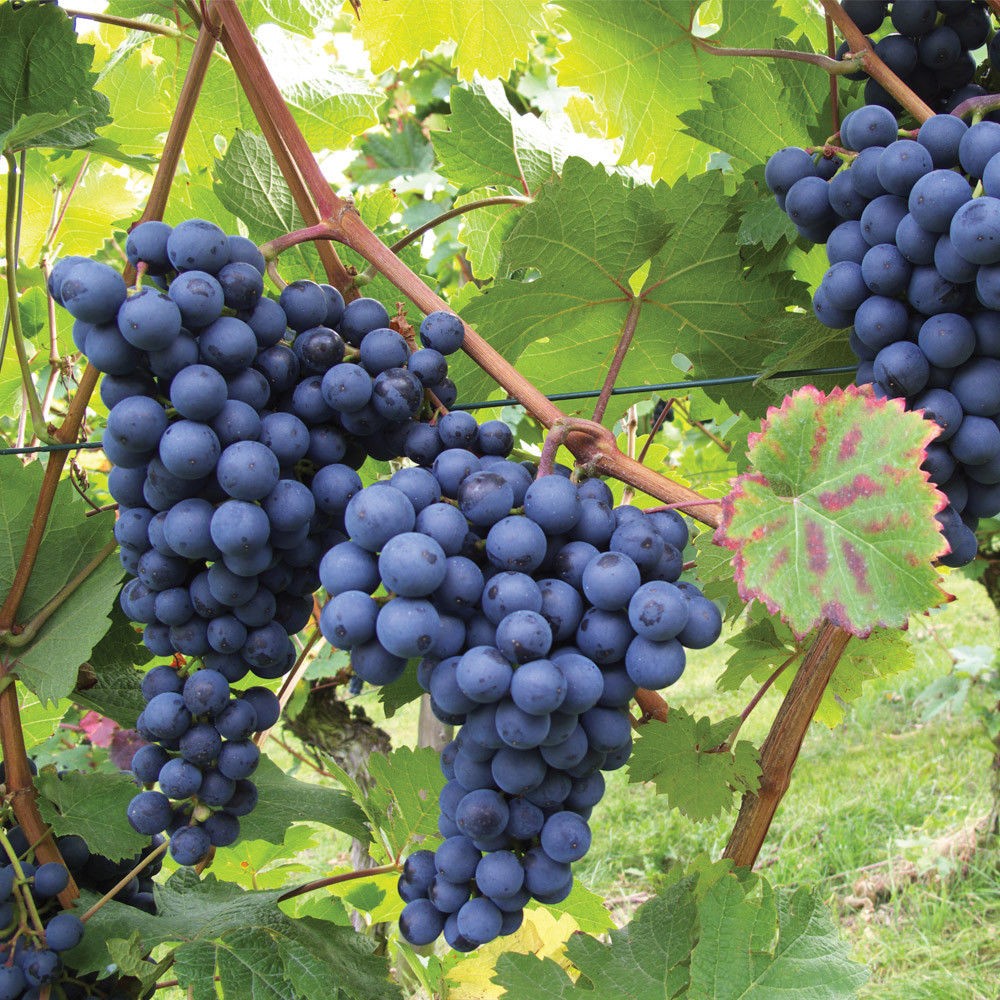

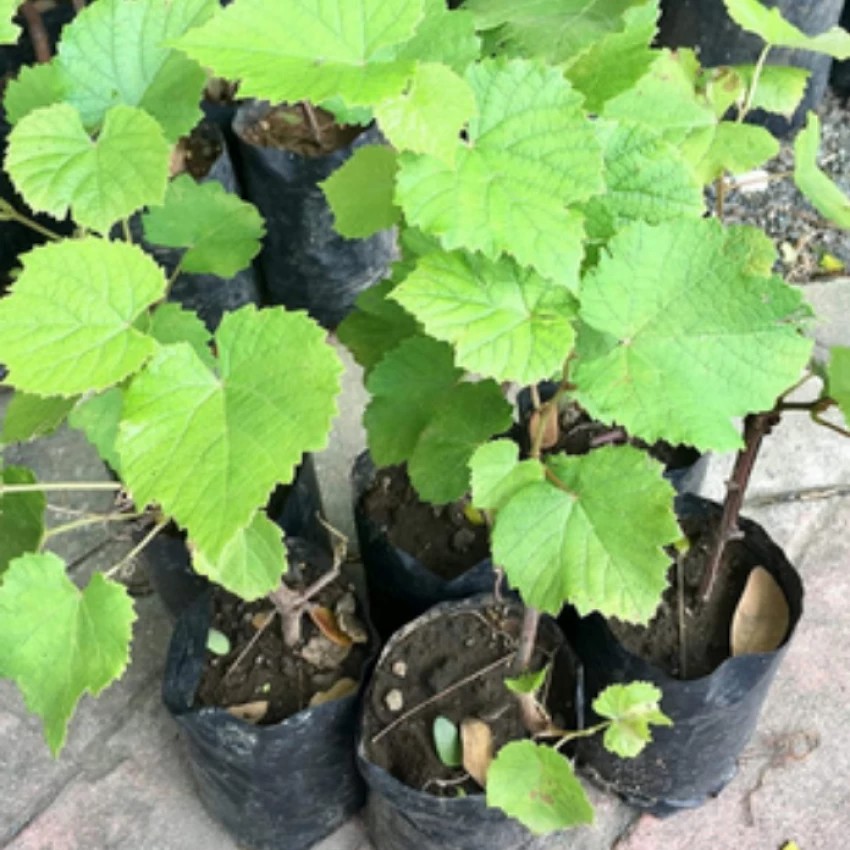











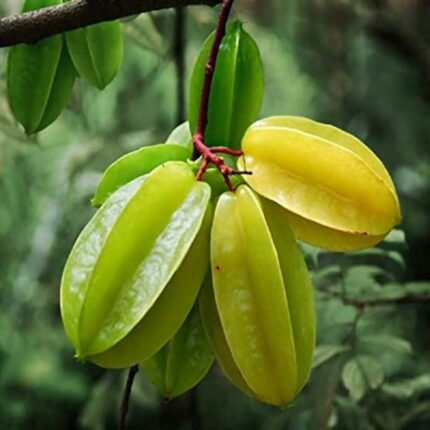
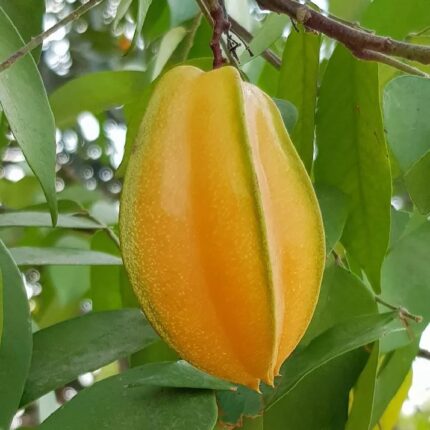

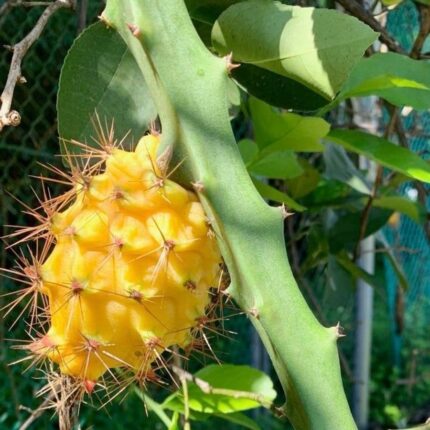
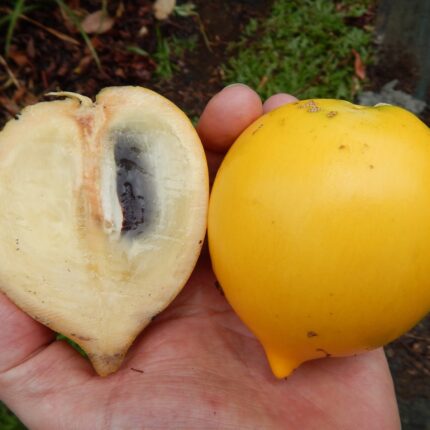
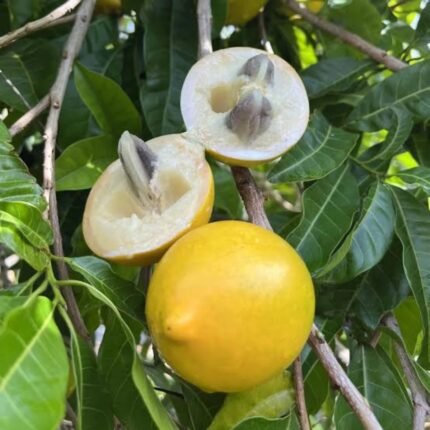

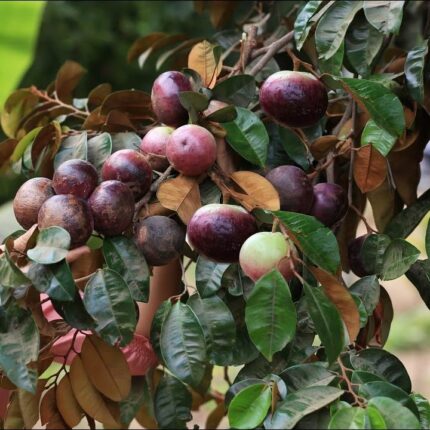
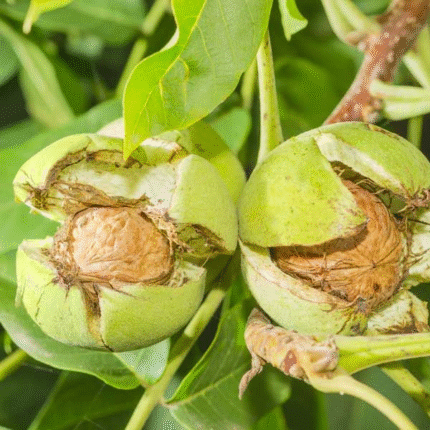
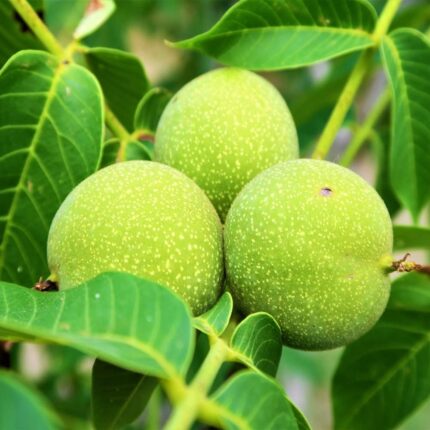


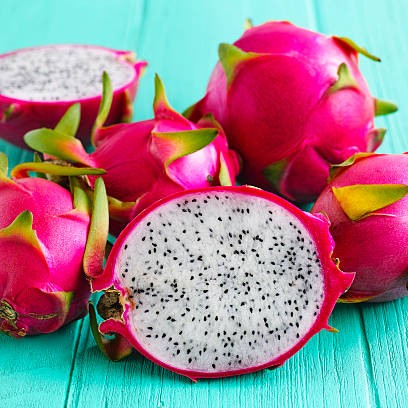
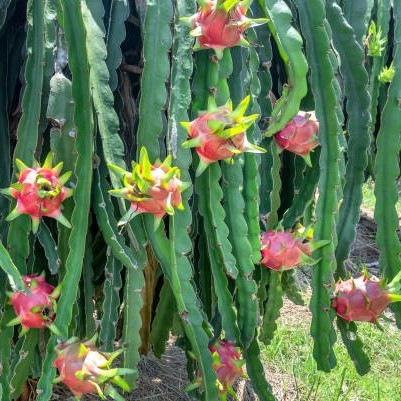
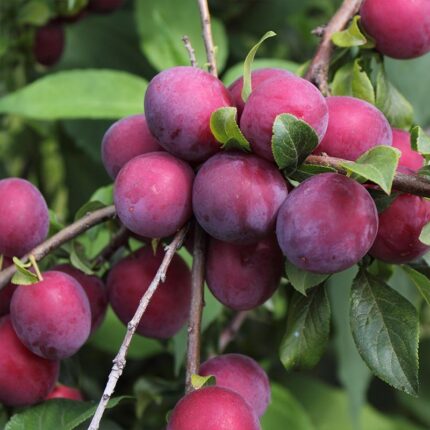
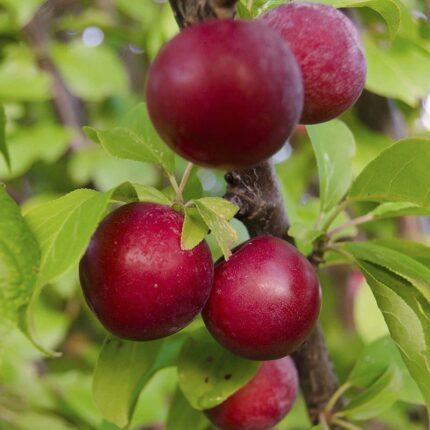

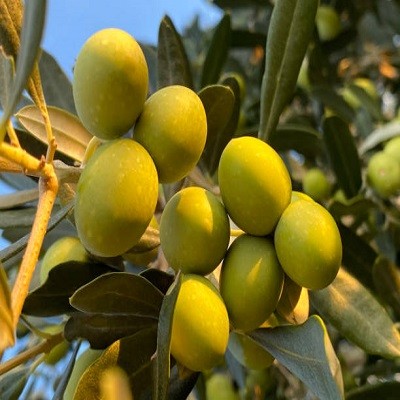

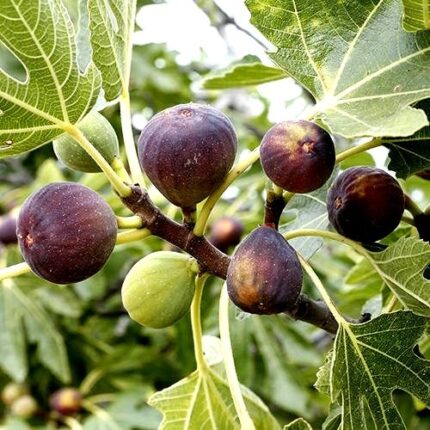
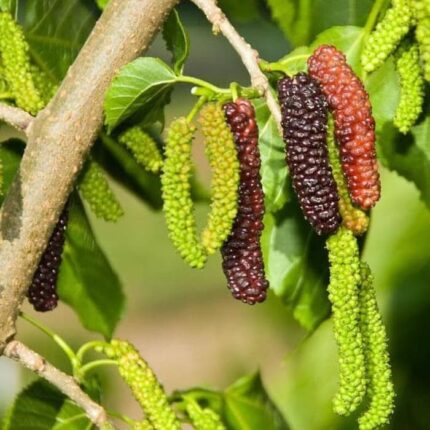
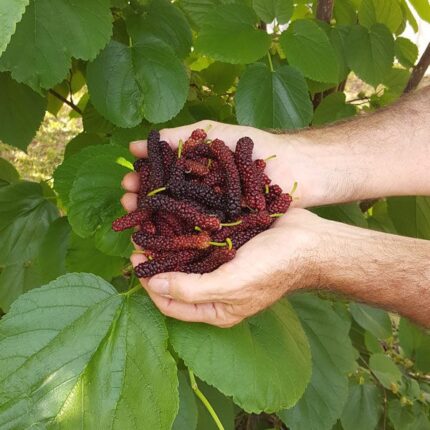
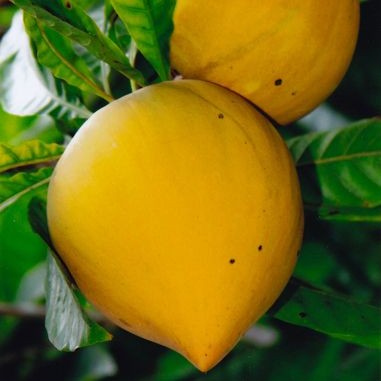

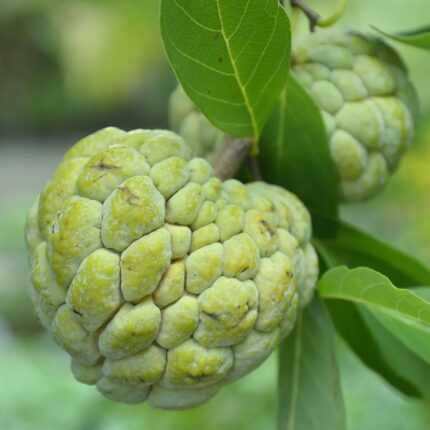
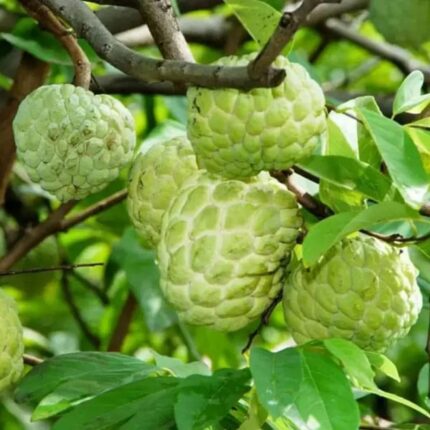

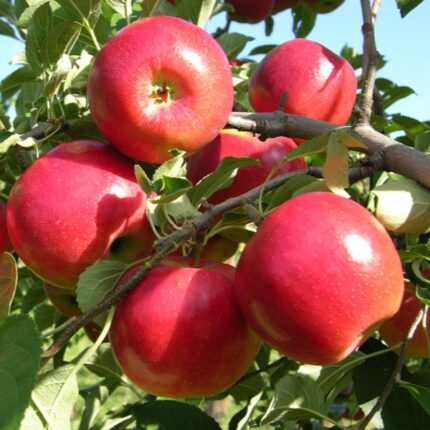

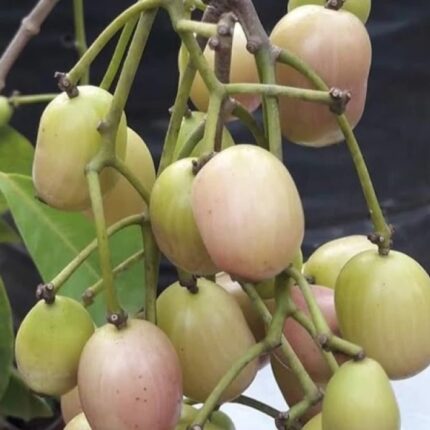



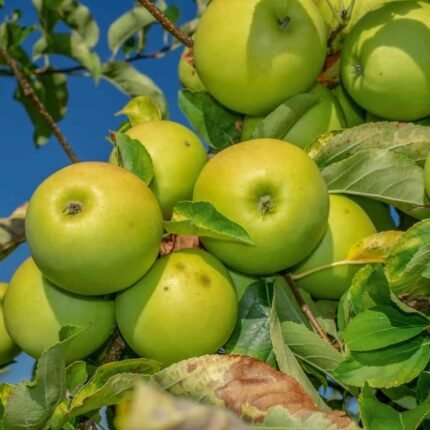
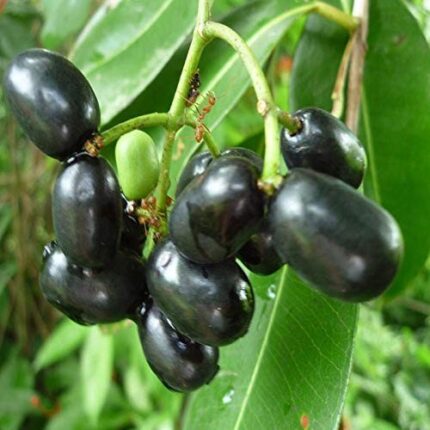
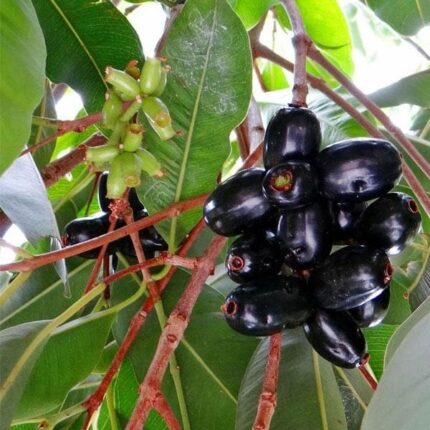
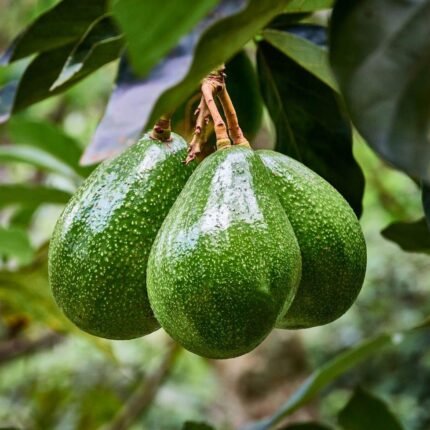
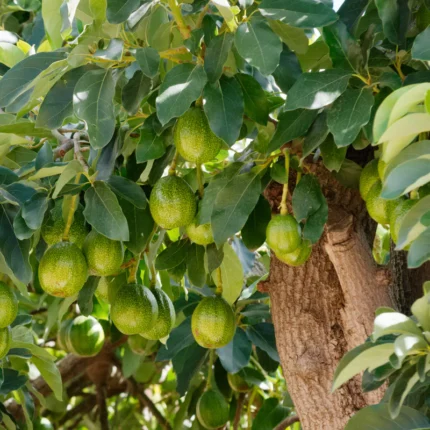
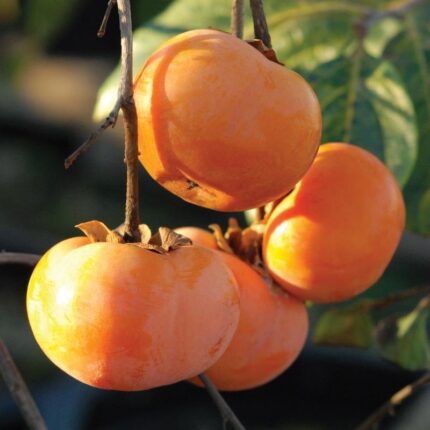
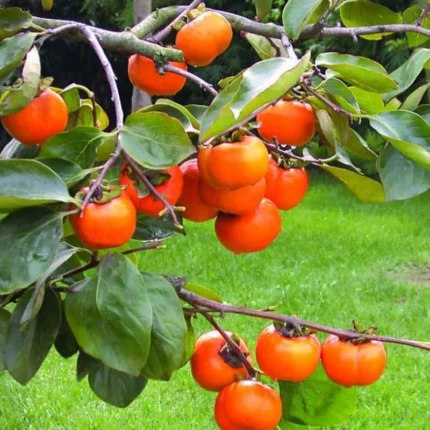
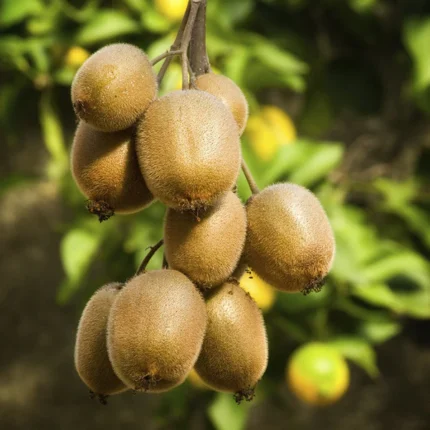
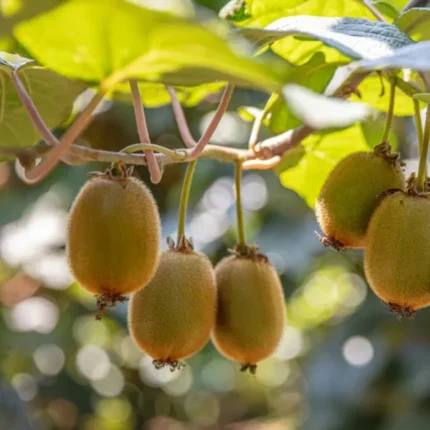
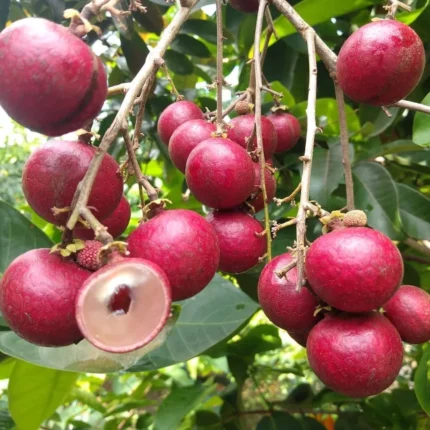
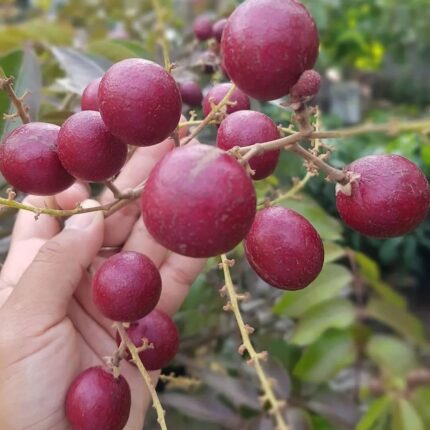


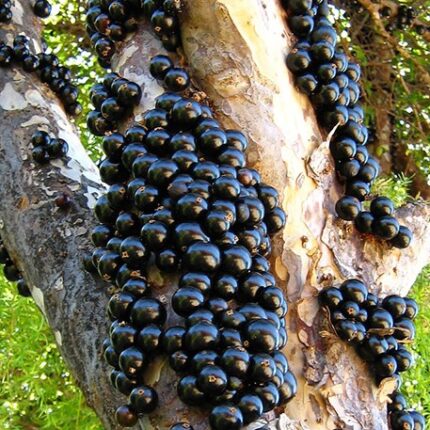
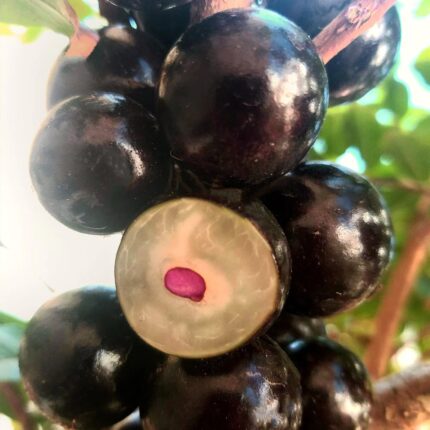
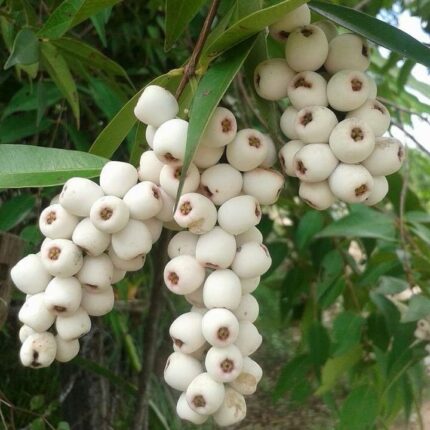
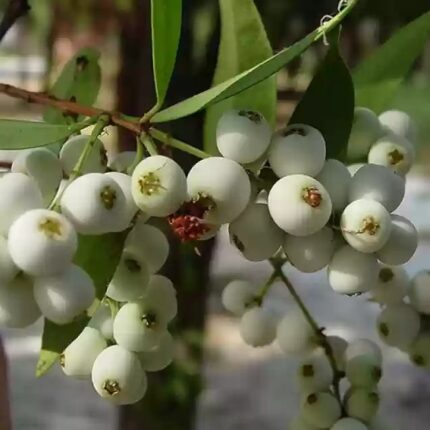

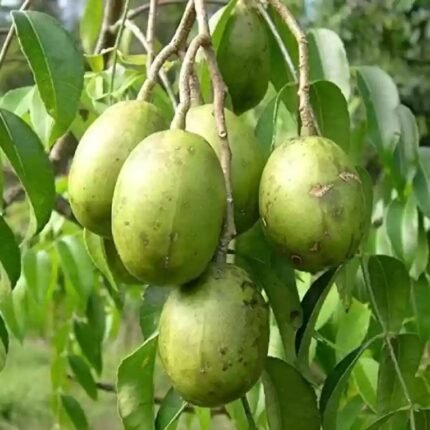
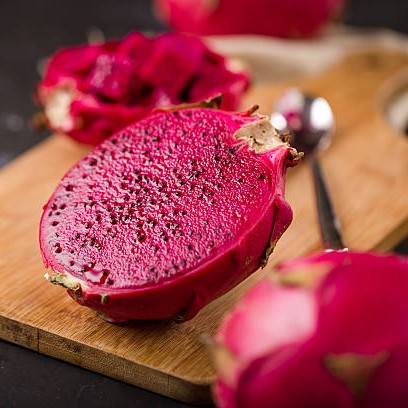
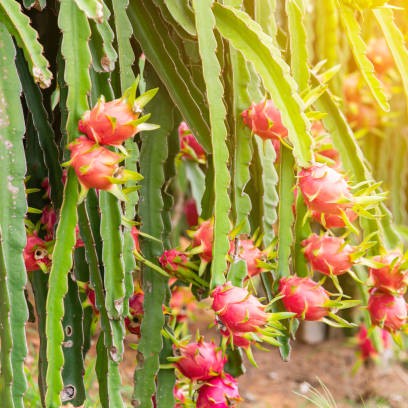

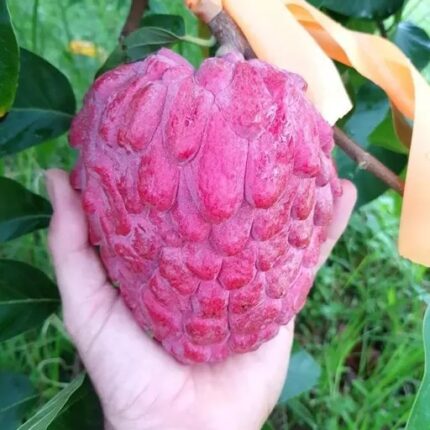
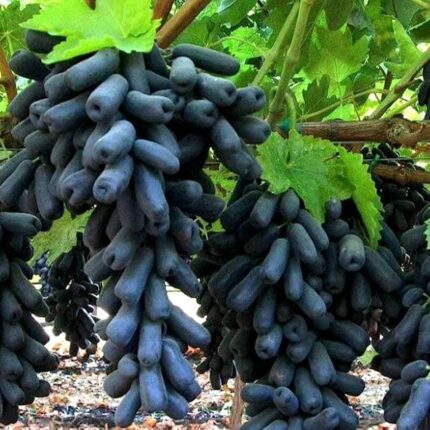

Arindam Halder –
I’m thrilled with the plant I received! It was well-rooted, moist, and thriving right out of the box. No mess at all! The box, pot, and plant all arrived just the way they should.
Subham Lahiri –
This plant is doing great! It arrived healthy and has already started growing new leaves. No mess at all! The box, pot, and plant all arrived just the way they should.
Rupsha Nandi –
Received a lovely, well-grown plant that added charm to my balcony garden. Highly recommended. No mess at all! The box, pot, and plant all arrived just the way they should.
Zain Contractor –
Satisfied with the plant, looks great.
Miraan Bhardwaj –
Perfect for my balcony, good job!
Bhavin Lalla –
Good quality, on-time delivery.
Nishith Gala –
Loved the plant, very healthy.
Divit Bandi –
Arrived safely and was well packed.
Dhruv Maharaj –
Loved the plant, very healthy.
Vihaan Khalsa –
Loved the plant, very healthy.
Eshani Buch –
Satisfied with the plant, looks great.
Sourav Sarkar –
This plant is doing great! It arrived healthy and has already started growing new leaves. Very secure packaging, and even the box smelled fresh when I opened it.
Rasha Bhargava –
I had ordered three different types of plants, and all of them arrived in excellent shape. The soil was moist and the pots were very sturdy. Really impressed.
Suhana Kapadia –
Royals Plant never fails to impress me! The packaging, freshness, and delivery speed were spot on. Thank you for helping me build a beautiful green space at home.
Veer Gade –
I love how neatly everything was packed. All the plants arrived in perfect condition and are growing really well. Excellent quality and care taken with each one.
Aarav Chad –
I had ordered three different types of plants, and all of them arrived in excellent shape. The soil was moist and the pots were very sturdy. Really impressed.
Divyansh Karpe –
I love how neatly everything was packed. All the plants arrived in perfect condition and are growing really well. Excellent quality and care taken with each one.
Rasha Yadav –
Beautiful, fresh, and well-maintained plants. The attention to detail in packaging was noticeable and appreciated. My entire indoor setup now looks so much better.
Advik Keer –
I love how neatly everything was packed. All the plants arrived in perfect condition and are growing really well. Excellent quality and care taken with each one.
Ela Shroff –
I love how neatly everything was packed. All the plants arrived in perfect condition and are growing really well. Excellent quality and care taken with each one.
Mohanlal Gopal –
I had ordered three different types of plants, and all of them arrived in excellent shape. The soil was moist and the pots were very sturdy. Really impressed.
Kavya Verma –
I love how neatly everything was packed. All the plants arrived in perfect condition and are growing really well. Excellent quality and care taken with each one.
Inaaya Bala –
Wonderful experience, highly recommended.
Hazel Rama –
Royals Plant has done an exceptional job. From customer service to plant quality, everything was top-tier. Thank you so much for caring about your customers.
Nirvi Sengupta –
The variety of plants available is amazing. I received my order on time, and the plants were lush and green. It added so much life to my living room!
Yasmin Sawhney –
Arrived on time and all the plants were in excellent condition.
Bhavin Goyal –
The variety of plants available is amazing. I received my order on time, and the plants were lush and green. It added so much life to my living room!
Devansh Gandhi –
Very impressed with the packaging and plant quality.
Arnav Chaudhuri –
Very impressed with the packaging and plant quality.
Vivaan Kala –
Excellent service and beautiful plants.
Aarush Krishnan –
Great experience ordering online, will come back again.
Oorja Dugar –
Affordable and premium quality plants.
Gatik Bajwa –
Great experience ordering online, will come back again.
Ela Sahota –
Arrived on time and all the plants were in excellent condition.
Anika Wali –
Loved the variety and freshness of the plants received.
Prerak Srivastava –
Everything was well packed and delivered safely.
Krish Swamy –
Arrived on time and all the plants were in excellent condition.
Purab Malhotra –
Excellent service and beautiful plants.
Ivan Rajan –
The plants were fresh and healthy, delivery was quick and neat.
Tejas Krishnamurthy –
Great experience ordering online, will come back again.
Abram Agarwal –
The quality exceeded my expectations.
Keya Sachar –
Excellent service and beautiful plants.
Taran Basu –
Everything was well packed and delivered safely.
Himmat Bhakta –
Everything was well packed and delivered safely.
Manikya Baral –
Excellent service and beautiful plants.
Shanaya Char –
Loved the variety and freshness of the plants received.
Jivika Divan –
Very impressed with the packaging and plant quality.
Bhavin Kade –
Excellent service and beautiful plants.
Vivaan Sarna –
Arrived on time and all the plants were in excellent condition.
Adah Brahmbhatt –
Very impressed with the packaging and plant quality.